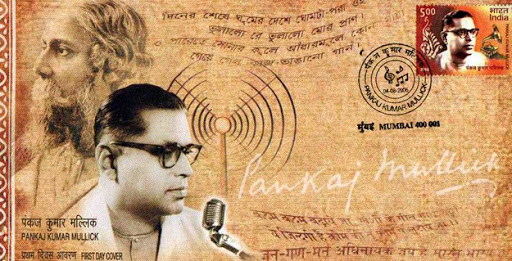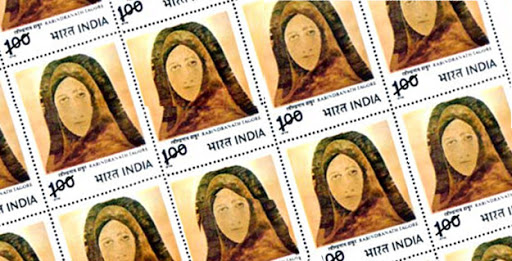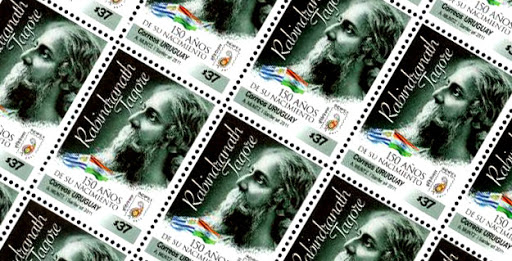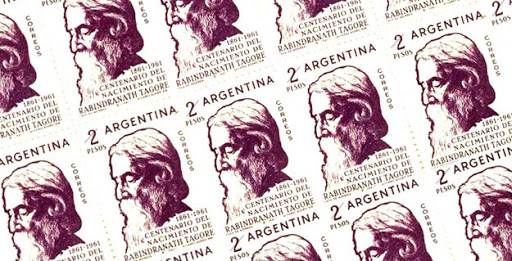Satya is the Sanskrit word for “truth,” and Agraha for "enforce"(from the Sanskrit root grah, when prefixed with upasarga "a" becomes Agraha. Satya and Agraha form Savarnadhirga compound to yield Satyagraha), can be rendered as “effort/endeavor.” The term was popularized during the Indian Independence Movement, and is used in many Indian languages including Hindi.
Gandhi described it as follows: Its root meaning is holding onto truth, hence truth-force. I have also called it love-force or soul-force. In the application of satyagraha, I discovered in the earliest stages that pursuit of truth did not admit of violence being inflicted on one’s opponent but that he must be weaned from error by patience and sympathy. For what appears to be truth to the one may appear to be error to the other. And patience means self-suffering. So the doctrine came to mean vindication of truth, not by infliction of suffering on the opponent, but on oneself
Gandhi coined the term "Satyagraha" to describe his philosophy of nonviolent resistance. In developing satyagraha, Gandhi was influenced by the concept of ahimsa in the Hindu Upanishads and the tenets of Jainism, as well as earlier theorists of nonviolent resistance and nonresistance including Jesus (particularly the Sermon on the Mount), the Imam Hussein, Leo Tolstoy (particularly The Kingdom of God Is Within You), John Ruskin (particularly Unto This Last), and Henry David Thoreau (particularly Civil Disobedience).
Speaking of his initial satyagraha campaign in South Africa, he said:
None of us knew what name to give to our movement. I then used the term “passive resistance” in describing it. I did not quite understand the implications of “passive resistance” as I called it. I only knew that some new principle had come into being. As the struggle advanced, the phrase “passive resistance” gave rise to confusion and it appeared shameful to permit this great struggle to be known only by an English name. Again, that foreign phrase could hardly pass as current coin among the community. A small prize was therefore announced in Indian Opinion to be awarded to the reader who invented the best designation for our struggle. We thus received a number of suggestions. The meaning of the struggle had been then fully discussed in Indian Opinion and the competitors for the prize had fairly sufficient material to serve as a basis for their exploration. Shri Maganlal Gandhi was one of the competitors and he suggested the word sadagraha, meaning “firmness in a good cause.” I liked the word, but it did not fully represent the whole idea I wished it to connote. I therefore corrected it to “satyagraha”. Truth (satya) implies love, and firmness (agraha) engenders and therefore serves as a synonym for force. I thus began to call the Indian movement Satyagraha, that is to say, the Force which is born of Truth and Love or non-violence, and gave up the use of the phrase “passive resistance”, in connection with it, so much so that even in English writing we often avoided it and used instead the word “satyagraha” itself or some other equivalent English phrase.
A Set Of 4 setenant stamps are released to celebrate the "Centenary of Satyagraha".The Picture in the stamps depict Gandhi in South Africa spearheading the satyagraha movement











0 comments:
Post a Comment